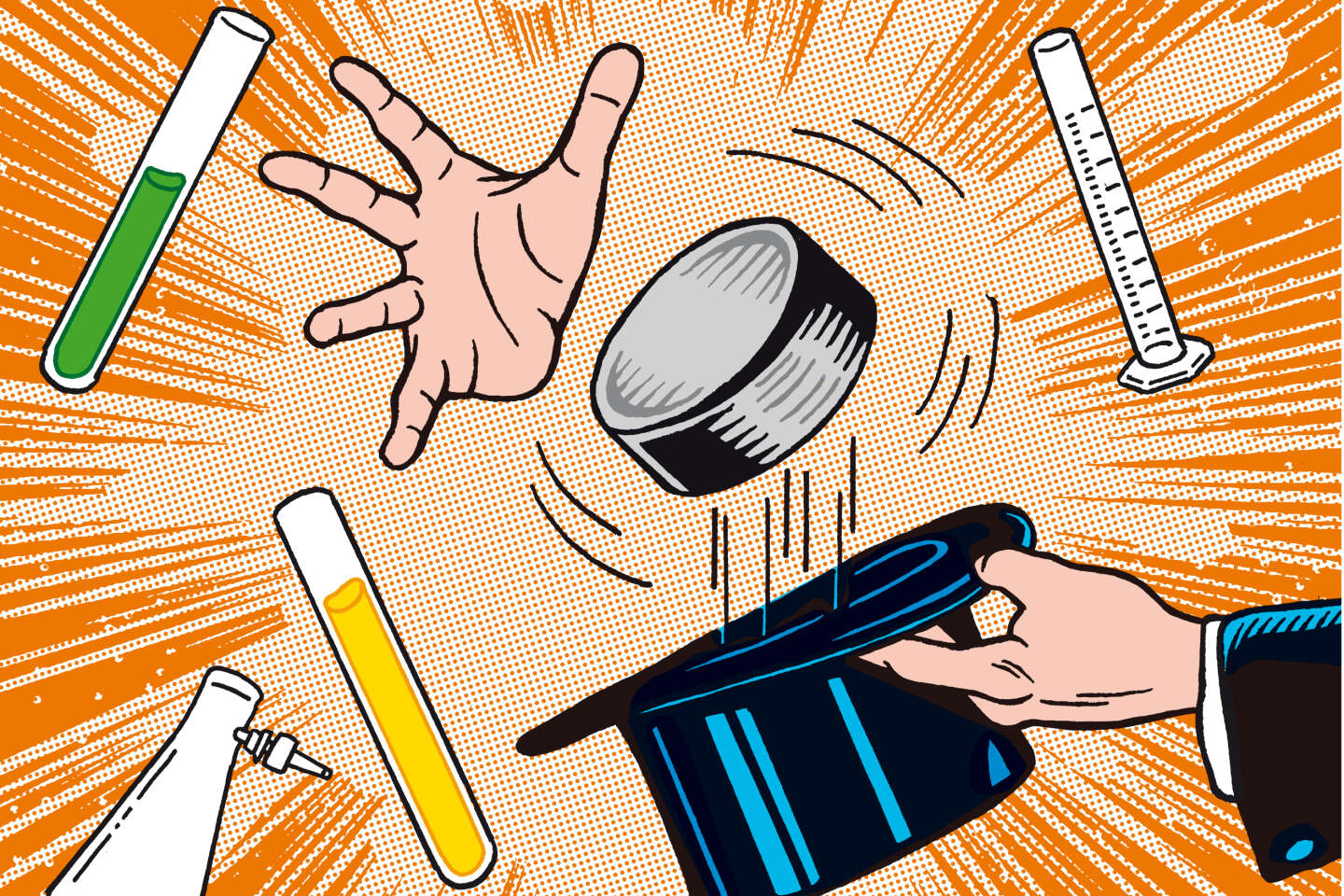
Why has LK-99, the supposedly miraculous superconductor, set the scientific community on fire?
It was a hot summer. Including physical and chemical laboratories used to work at extremely low temperatures. This is because someone decided to set the community on fire by claiming to have his hands on the recipe for manufacturing an ideal material, a solid material in which an electric current circulates without any resistance at all. This ranges from negative temperatures to temperatures exceeding 120 degrees Celsius. Until now, these properties have disappeared once the thermometer rises above -130°C. The most optimistic then imagine solving the issue of global warming with this newcomer: by reducing consumption by eliminating losses in electric cables, by running less energy-intensive high-speed trains by magnetic levitation, by facilitating nuclear fusion, a promising source of energy. … the dream.
However, the scientific news, which perhaps should not have been so important, dwindled within a few days. It has everything to make of the saga of the nickel-plated feet of science, whose imperfections are a way of telling us about how research really advances, beyond myths or preconceptions. He shows how secrecy, blindness, a thirst for glamour, and perhaps also panic in the face of the challenge of global warming, explain such outbursts. A look back at an enlightening month of Korean madness.
In fact, it all starts from the Asian Peninsula. Saturday, July 22 at 9:51 AM (Paris time), Three South Korean researchers have published a preliminary version online (or “preprint”) on the site most commonly used for this type of deposit, Arxiv.org, often at the beginning of publication in scientific journals. The title is unambiguous: “The first superconductor at ambient temperature and pressure.” In other words, the holy grail of materials physics: a solid material that loses its electrical resistance, easy to handle, neither under liquid nitrogen or helium (to feel cold), nor under very high pressure.
Twenty hours later Another first edition signed by six South Korean scholars As posted online, somewhat less ostentatiously: “The superconductor exhibits levitation at ambient temperature and pressure.” Same country, same material (a mixture of lead, copper, oxygen and phosphate), same properties, same basic numbers but different authors. Except for two belonging to the Seoul-based Quantum Energy Research Center. The second part will reveal that the joy of winning the cup hides above all a certain disagreement within the team.
You have 83.82% of this article to read. The rest is reserved for subscribers.

“Organizer. Social media geek. General communicator. Bacon scholar. Proud pop culture trailblazer.”
